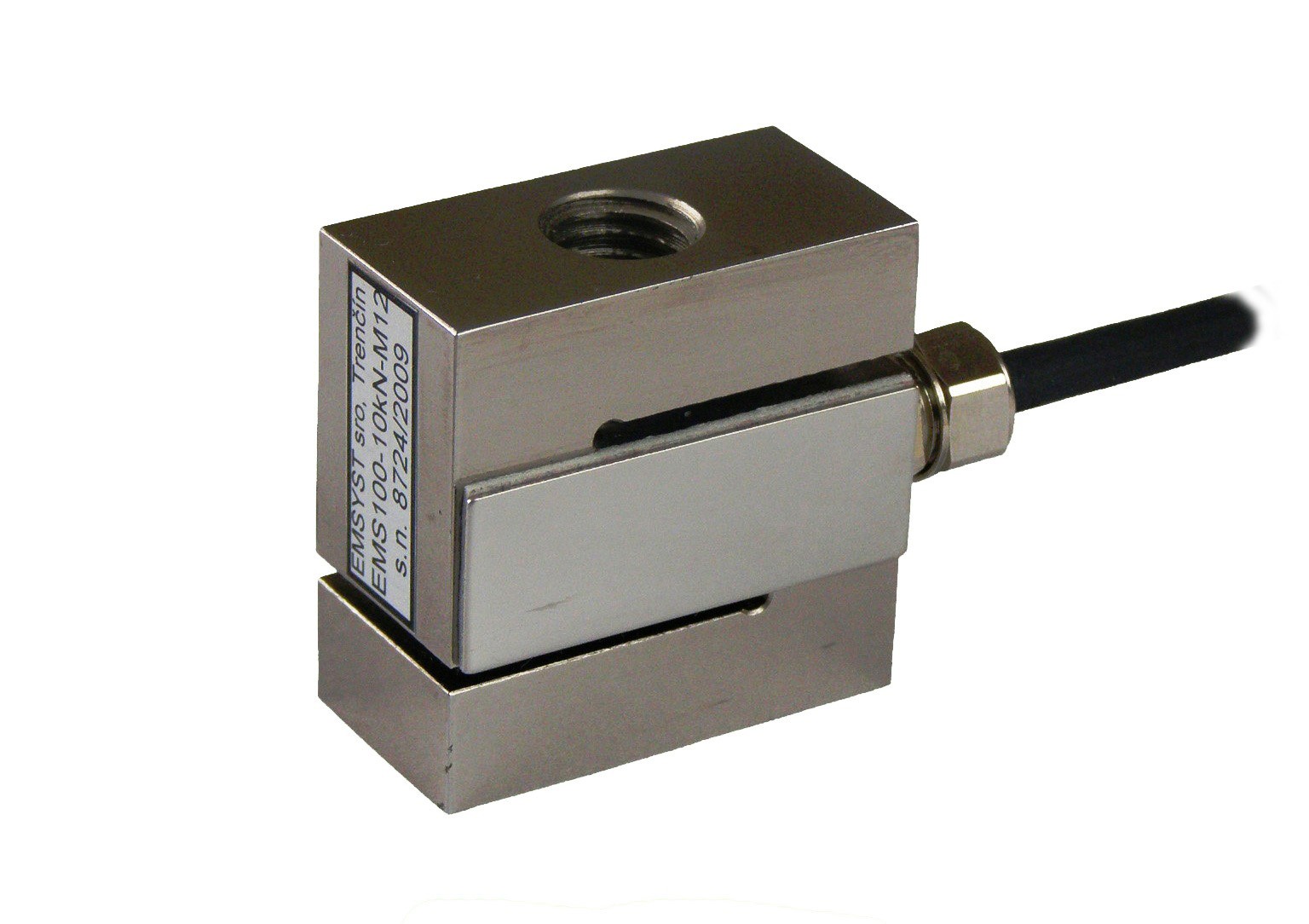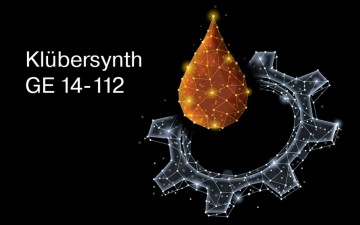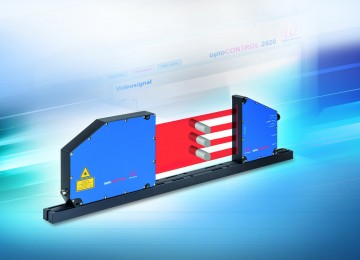The basic element of each electronic scale as well as other devices measuring compression and tensile forces, stresses, etc. are strain gauges, commonly known as strain gauges. Currently, the most widely used are resistance sensors, which are characterized by many advantages, such as high sensitivity and accuracy, small dimensions, resistance to vibrations and shocks, and the ability to work at high temperatures and pressures. When choosing a sensor for the application, you should answer a few important questions. Below are answers to the most common ones.
1. What is sensor sensitivity and what units are used to measure it?
The sensitivity of a strain gauge force sensor is expressed in mV/V (millivolt per volt) and is equal to the output voltage of the sensor with a 1V supply and nominal load. Standard sensors are produced with a sensitivity of 1 mV/V to 3 mV/V, of which the most common are sensors with a sensitivity of 2 mV/V or 1.5 mV/V. Data sheets contain nominal values.
The exact value may slightly differ from the nominal value by several percent. For example, a sensor with a nominal sensitivity of 2 mV/V may have an exact value of 1.9836 mV/V. The exact value is given in the protocol supplied with the sensor.
2. How to calculate the output voltage of the sensor?
The output voltage of the sensor depends on three factors:
- sensor sensitivity C(mV/V)
- sensor supply voltage Uc(V)
- load force Fx
The output voltage of a sensor with a nominal range of Fn can be calculated using this formula: Us = (C * Uc * Fx) / Fn.
Example. The sensitivity of the sensor is C = 1.9836 mV/V, range Fn = 5 kN. The sensor is supplied with 10 V DC and loaded with a force Fx = 3.5 kN. The output voltage will be: Us = (1.9836 * 10 * 3.5) / 5 = 13.89 mV. If Fn = 0 kN, the output voltage is Us = 0 mV. If the nominal range Fx = Fn = 5 kN, then Us = 19.836 mV. This means that the output voltage depends on the load and varies linearly in the range of 0… 19.836 mV. Note: The zero state of the sensor is ignored in the calculations.
3. How to choose the optimal sensor range?
The measured force must never exceed the range specified by the sensor manufacturer, even for a short time. This may cause permanent damage to the sensor. For this reason, we do not recommend using the entire range of the sensor, but rather keeping a reserve. For static loads, we recommend that the force should not exceed 75% of the range and for dynamic loads, 50% of the range.
4. What is the difference between an aluminum sensor and a stainless steel sensor?
The type of material from which the sensor body is made is selected depending on the range of the sensor. In general, sensors made of aluminum are less suitable for permanent loads because they have a higher creep factor.
5. What is the difference in the direction of the applied force?
Each force sensor can measure force in the compression and extension directions. The only limitation is their mechanical design, for example the lack of threads for the sensor to be pulled. Sensors manufactured by EMSYST are calibrated in one force direction. This means that the measurement in the opposite direction will be slightly more inaccurate. The calibration direction is specified by the customer when ordering.
6. How accurate are the force sensors?
The accuracy of the sensors is expressed by the accuracy class. The EMSYST company manufactures sensors with an accuracy class of 0.5 and 0.2. Example: For a sensor with a range of 1kN and an accuracy class of 0.2, the error is ± 2N.
7. What is the purpose of using a signal booster?
The output from the strain gauge force sensor depends on its sensitivity and supply voltage. It is usually equal to a few millivolts. The signal amplifier amplifies this output voltage to the level of the industrial standard (0… 10 V) or converts it to a current output (4… 20 mA), and also supplies the sensor with a stable supply voltage. The sensor can work and make measurements even without a signal amplifier, but the most common combination is: a sensor with an amplifier.
Detailed information about force sensors in our offer can be found on this page.
Still have questions? Contact our consultants who will help you choose the right solution.
See our products
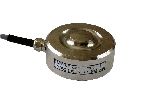 EMS50E-200KN (KMM50E-200KN) Force sensor with a built-in amplifier
EMS50E-200KN (KMM50E-200KN) Force sensor with a built-in amplifier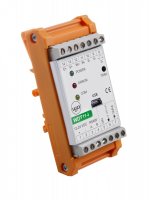 WDT11 - amplifier for force sensors
WDT11 - amplifier for force sensors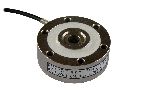 EMS70-10kN
EMS70-10kN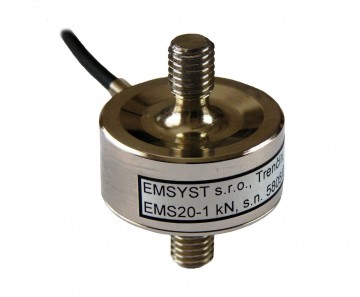 KMM20-50N
KMM20-50N EMS70-100kN
EMS70-100kN KMM50-50kN
KMM50-50kN KMM20E-200N force sensor with built-in amplifier
KMM20E-200N force sensor with built-in amplifier EMS70-500kN
EMS70-500kN EMS50E-2KN (KMM50E-2KN) Force sensor with a built-in amplifier
EMS50E-2KN (KMM50E-2KN) Force sensor with a built-in amplifier EMS50E-5kN (KMM50E-5kN) czujnik siły z wbudowanym wzmacniaczem
EMS50E-5kN (KMM50E-5kN) czujnik siły z wbudowanym wzmacniaczem EMS50E-20kN (KMM50E-20kN) czujnik siły z wbudowanym wzmacniaczem
EMS50E-20kN (KMM50E-20kN) czujnik siły z wbudowanym wzmacniaczem KMM20-5kN
KMM20-5kN KMM50-500kN
KMM50-500kN KMM50E-200N force sensor with built-in amplifier
KMM50E-200N force sensor with built-in amplifier KMM50-1kN
KMM50-1kN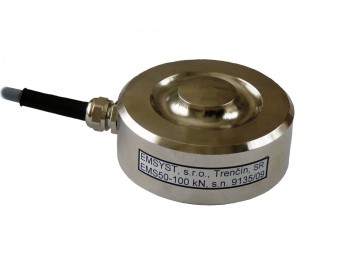 KMM50-0,2kN
KMM50-0,2kN KMM50-20kN
KMM50-20kN EMS20E-100N (KMM20E-100N) czujnik siły z wbudowanym wzmacniaczem
EMS20E-100N (KMM20E-100N) czujnik siły z wbudowanym wzmacniaczem EMS70-20kN
EMS70-20kN KMM20E-1kN force sensor with built-in amplifier
KMM20E-1kN force sensor with built-in amplifier EMS70-2kN
EMS70-2kN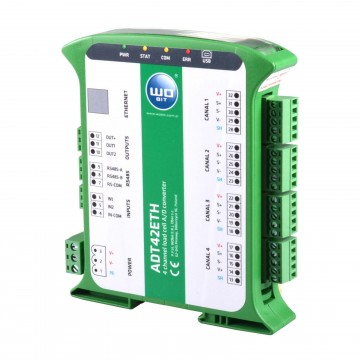 ADT42ETH - measuring module for force sensors
ADT42ETH - measuring module for force sensors 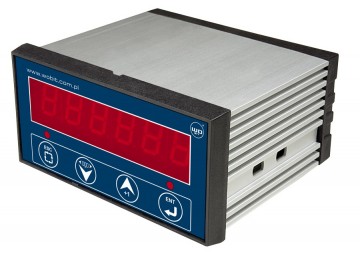 MD150T Digital processing unit with display for force sensors without amplifiers
MD150T Digital processing unit with display for force sensors without amplifiers KMM50-0,5kN
KMM50-0,5kN EMS70-200kN
EMS70-200kN KMM50-0,1kN
KMM50-0,1kN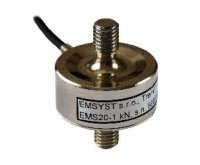 KMM20-200N
KMM20-200N KMM50-100kN
KMM50-100kN KMM50-5kN
KMM50-5kN EMS50E-50kN (KMM50E-50kN) czujnik siły z wbudowanym wzmacniaczem
EMS50E-50kN (KMM50E-50kN) czujnik siły z wbudowanym wzmacniaczem KMM50-10kN
KMM50-10kN EMS50E-100kN (KMM50E-100kN) czujnik siły z wbudowanym wzmacniaczem
EMS50E-100kN (KMM50E-100kN) czujnik siły z wbudowanym wzmacniaczem EMS70-5kN
EMS70-5kN KMM50E-1kN force sensor with built-in amplifier
KMM50E-1kN force sensor with built-in amplifier KMM20E-2kN force sensor with built-in amplifier
KMM20E-2kN force sensor with built-in amplifier EMS70-1kN
EMS70-1kN KMM50-2kN
KMM50-2kN KMM20-1kN
KMM20-1kN KMM20E-500N force sensor with built-in amplifier
KMM20E-500N force sensor with built-in amplifier EMS50E-500kN (KMM50E-500kN) czujnik siły z wbudowanym wzmacniaczem
EMS50E-500kN (KMM50E-500kN) czujnik siły z wbudowanym wzmacniaczem EMS50E-100N (KMM50E-100N) czujnik siły z wbudowanym wzmacniaczem
EMS50E-100N (KMM50E-100N) czujnik siły z wbudowanym wzmacniaczem KMM20-100N
KMM20-100N KMM20-500N
KMM20-500N EMS70-50kN
EMS70-50kN KMM50-200kN
KMM50-200kN EMS50E-10kN (KMM50E-10kN) czujnik siły z wbudowanym wzmacniaczem
EMS50E-10kN (KMM50E-10kN) czujnik siły z wbudowanym wzmacniaczem KMM20E-5N force sensor with built-in amplifier
KMM20E-5N force sensor with built-in amplifier KMM20-2kN
KMM20-2kN KMM50E-500N force sensor with built-in amplifier
KMM50E-500N force sensor with built-in amplifier

